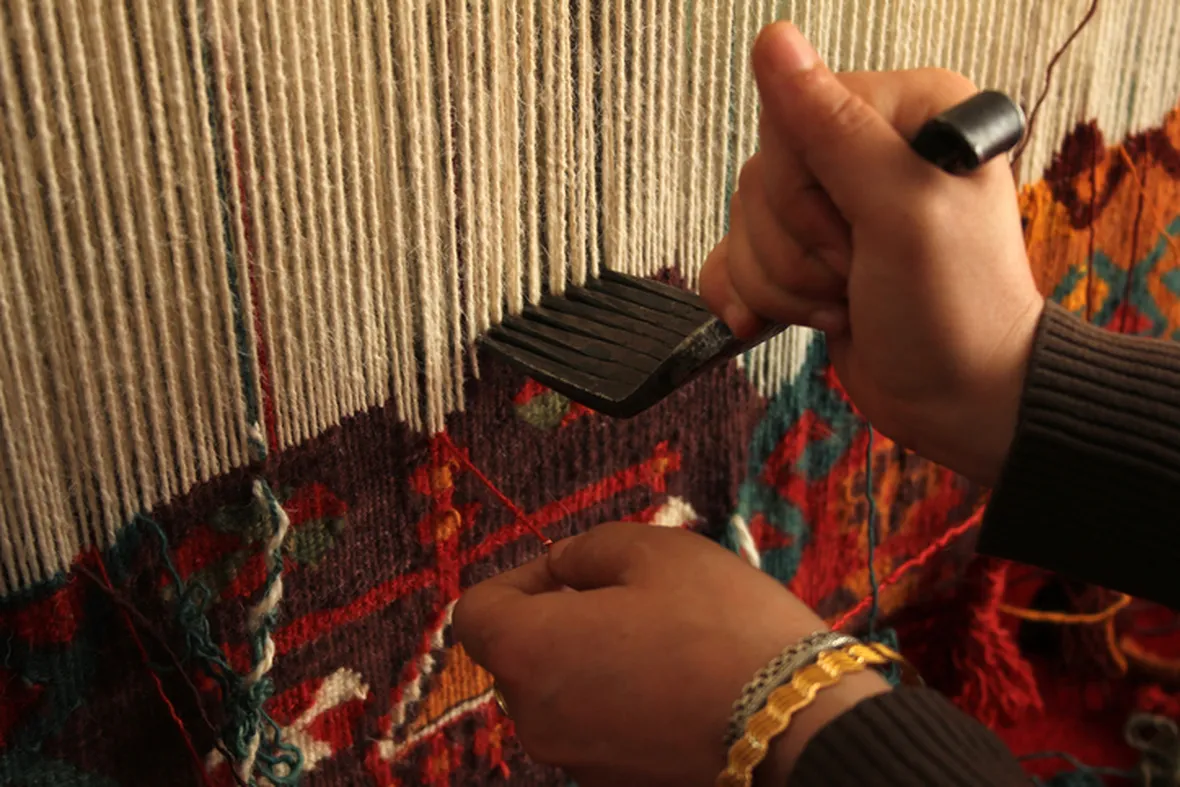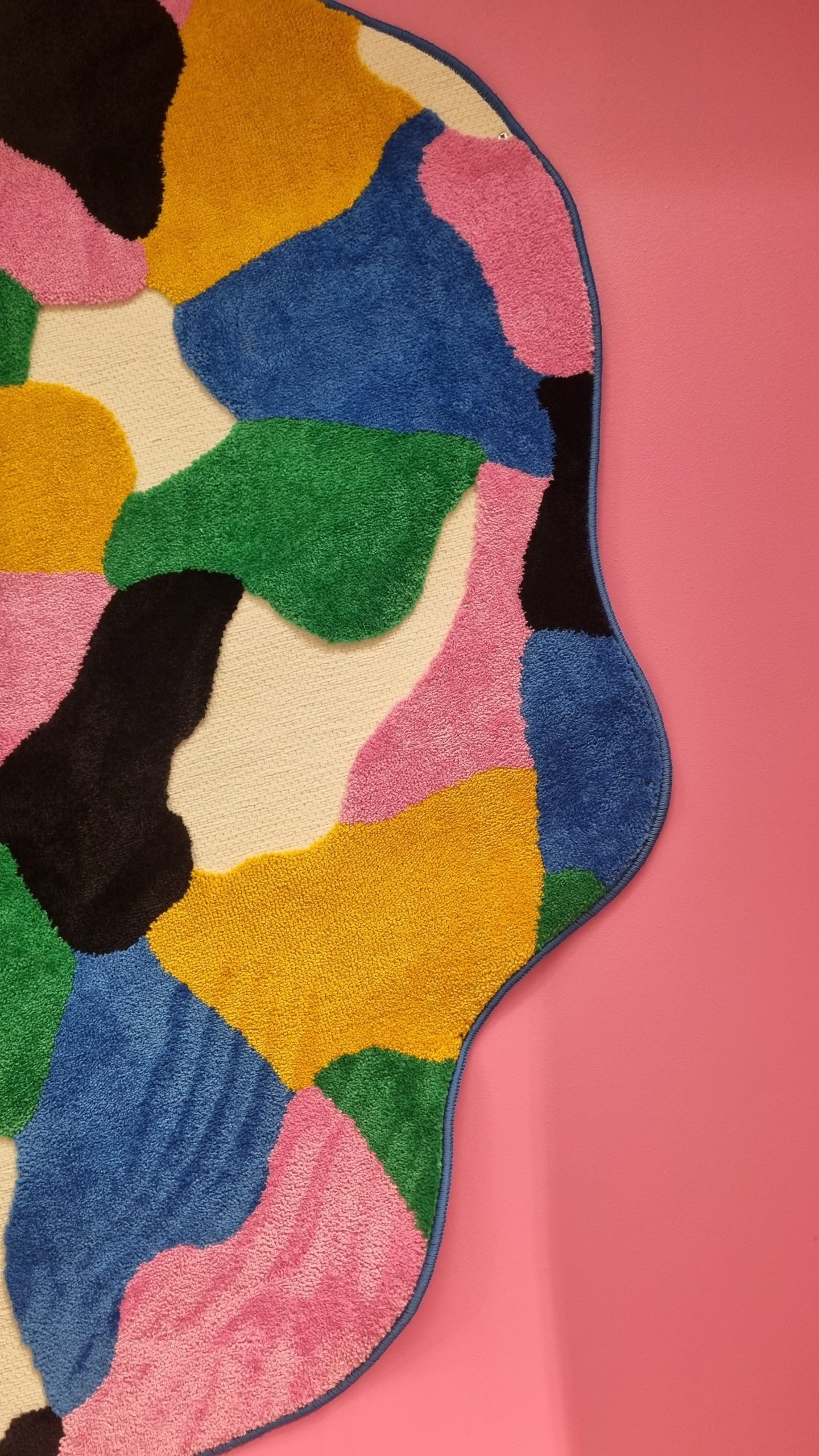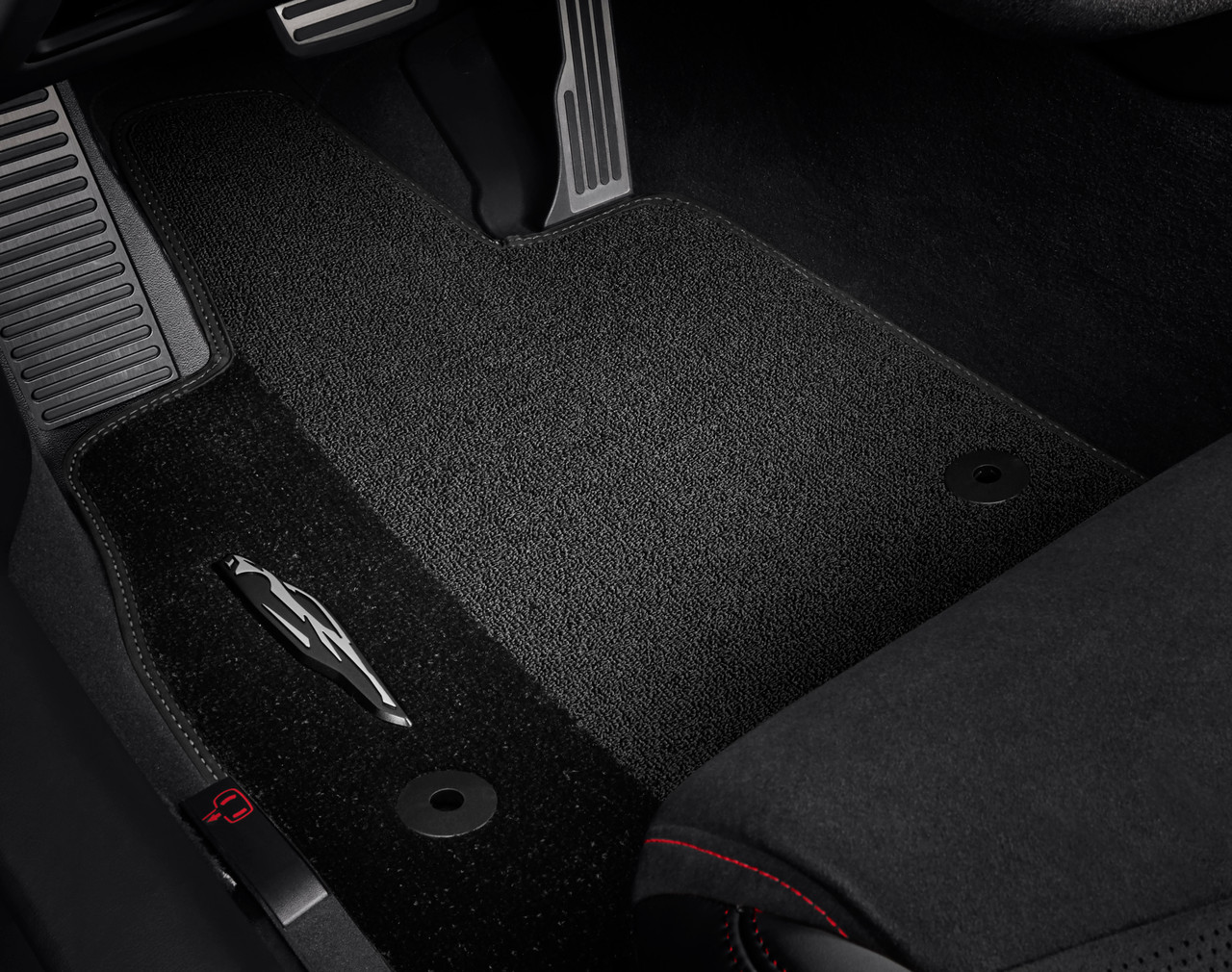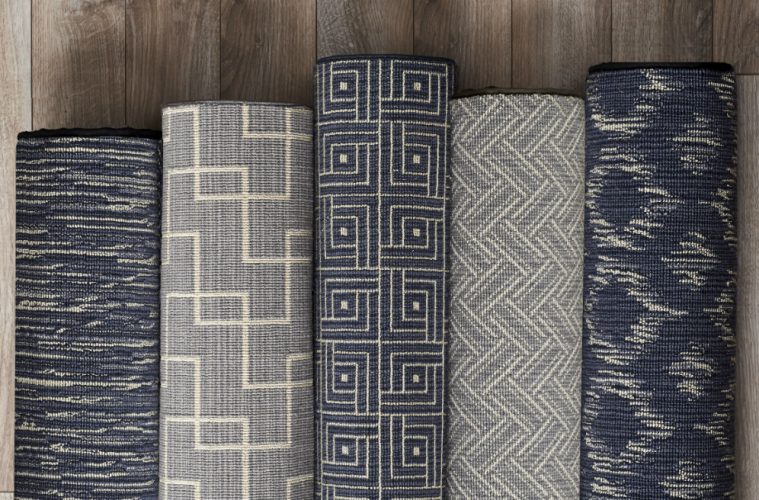If you’ve ever stepped into a freshly carpeted room, you will know the distinct odour that comes with it. Kind of fresh, kind of chemically, it’s a smell that announces that the decorators have done their jobs and suggests that anybody entering the room will be asked to leave their shoes in the doorway. It’s a dying smell, though. At trade fairs and showrooms across the world, that ‘new carpet’ smell is disappearing as the carpeting industry finds new, healthier ways to manufacture its products.
The problem with that ‘new carpet’ smell is that it’s produced by the off-gassing of VOCs, like 4-PCH, which is commonly used in carpeting. VOCs are known to cause rashes, eye irritation and respiratory problems.
According to the US non-profit Environmental Working Group (EWG), most carpeting around the world is made from synthetic fibres derived from non-renewable petroleum-based sources, while carpet backing is usually made from synthetic rubber derived from respiratory irritants such as styrene and butadiene. The harmful fumes from those synthetic rubbers, fibres, adhesives, bonding agents and stain-resistant finishers are what you are really breathing in every time you sigh with satisfaction at the soft feeling under your feet.
Those chemicals and compounds are also what makes carpeting difficult to recycle. Unable to separate the fibres from the underlay or the various VOCs from each other, many recycling collector/ sorter entrepreneurs do not bother with the discarded carpets that come their way. ‘Most people don’t understand but carpet is a highly engineered material; Bruce Petrovick, account manager for the Dutch manufacturing company DSM told Fast Company.

Pexels
‘The way it’s traditionally made, it contains multiple layers, and each layer contains multiple different types of materials.’
The top layer is usually made of nylon, polyester or polypropylene, and it’s glued to a PVC or latex backing using a combination of polypropylene and calcium carbonate. It’s a potent mix of chemicals but it does exactly the job it’s supposed to do. As Petrovick puts it, early carpet manufacturers were only concerned about keeping those layers together. Nowadays, there’s a growing realisation across the industry that the carpet-making process needs to change.
Belgotex is driving that innovation in SA. The local flooring manufacturer has a well-earned reputation for ‘green’ business, built on its long-standing use of sustainable product inputs and innovative manufacturing processes. The raw materials for several of its products are derived from post-industrial and post-consumer waste, while its bestselling Berber Point 920 commercial carpet and other needle-punch ranges are made with a blend of polypropylene and recycled eco fibre (made from re-pelletised post-production waste).
View this post on Instagram
Belgotex’s Erema INTAREMA 1007 TE recycling line enables it to recycle waste fibre and yarn back into production, and into the material it uses in its standard ranges. This reduces carpeting waste rates to close to zero, while offering up to 20% energy savings – and it recently earned Belgotex’s Pietermaritzburg-based factory a 6-star rating by the Green Building Council of South Africa.
Many of Belgotex’s products use solution-dyed fibres and yarns, created through a dry process that reduces water, chemical and energy consumption. The product line also features recycled content made up of post-industrial or post-consumer waste. ‘Being vertically integrated is our competitive advantage,’ Belgotex’s Kevin Walsh told SA Plastics & Rubber Technology magazine.
‘Recycling is aligned with our environmental policy, saving costs and lessens the strain on natural resources. Belgotex’s solution creates carpets out of recycled material, eliminating waste and driving efficiencies.’

Pexels
But what if there were a way of making the carpets themselves recyclable – and, by extension, more sustainable? European polypropylene staple fibre producer Beaulieu Fibres International (BFI) may have the answer. In 2019 BFI launched UltraBond, a patented polyolefin bonding staple fibre that eliminates the need for latex or other chemical binders to bind non-wovens. This opens the door for manufacturers to cost-efficiently produce 100% polypropylene needle-punch carpets, which look, feel and perform like traditional latex-bonded carpets while reducing their end-of-life environmental impact.
By eliminating the need for latex and chemical binders through UltraBond, we offer needle-punch manufacturers a breakthrough they have been looking for that boosts environmental and economic sustainability!
Meanwhile, since 2017, US distributor Mohawk has been partnering with DSM and tech start-up Niaga to manufacture 100% recyclable carpets, made entirely out of polyester. Mohawk’s award-winning Air.o range closes the loop on the manufacturing process, by allowing the customer to return an old carpet to the manufacturer for recycling into a new carpet of a different style.
The Air.o range currently comes in 16 styles, and because they’re made of only a single material they do not contain any VOCs, are easily recyclable and are hypoallergenic.

Pexels
Automotive manufacturer Volvo is also coming along for the healthier, more sustainable carpet ride. In mid-2018, it unveiled a custom-built version of its X60 T8 plug-in hybrid SUV, which had several of its plastic components replaced with equivalents containing recycled materials. The car’s carpets were especially interesting: they were made of a mix of fibres taken from PET plastic bottles and recycled cotton off-cuts collected from clothing manufacturers.
The carpets in the Volvo concept car do not have that ‘new carpet smell but then neither do Mohawk Air.o, or BFI’s products… or many of the carpets that come rolling out of the Belgotex factory. And consumers – who can now walk into a freshly carpeted room and know that they’re not breathing in dangerous chemicals – won’t miss that smell at all.
ALSO SEE:
Two thousand-year-old carpets for the 21st century: Crayon Artel
A version of this article was published in the Garden&Home July 2023 print edition.
Feature image: Pexels

